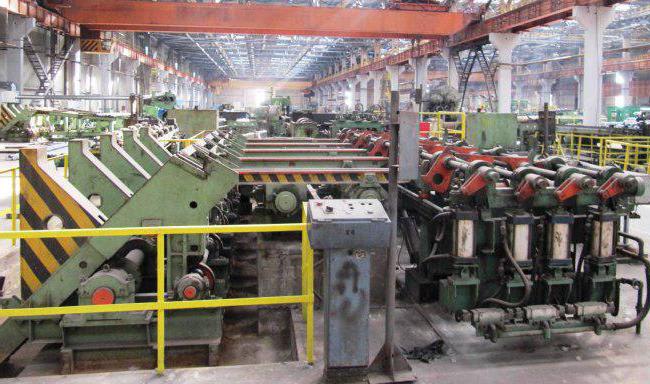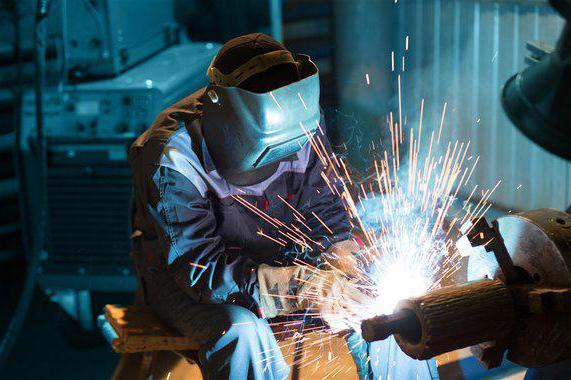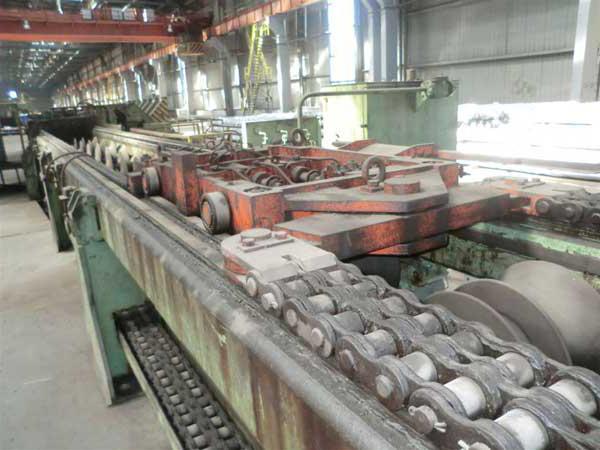The combination of production has become an important component of economic development. Its effectiveness has been proven in the conditions of the largest, strategic enterprises. What forms of combination exist, as well as its levels, will be discussed later.
Concept and signs
Combination is one of the forms of organization of the production process. It involves combining various industries and enterprises in one large organization. This approach has many advantages. The main one is the simplification of the links between the industries connected in the technological chain. This allows you to increase the profitability and profitability of the organization.
The essence of combining production expressed in a number of characteristic features. These include the presence of economic, technological ties between the structural elements of the organization. Productivity is proportional within the enterprise in all related industries. The transition from one process to another is continuous.
All parts of the plant should be in the same territory, communicating with each other via a communications network. There should also be a single energy system. Support and maintenance services at the plant are common to all structural divisions. The combine should be a cost-effective combination.
Technical and Economic Unity
One of the striking examples of the presented form of organization can serve as a metallurgical plant, an enterprise for the production of bakery products, etc. Between all structural units that are part of them, there is a technical and economic unity. It manifests itself in the indicators of quality, nomenclature, and volume of products that are common to all industries and technological cycles. In this case, finished products of one component unit can serve as raw materials, fuel for another. At the same time, production waste is reduced to a minimum or completely absent.
Such coordination is carried out thanks to a single management network. Moreover, the management of each department has independence and an increased level of responsibility.
However, associations of enterprises located in different territories or having production cycles that do not go sequentially from processing raw materials to creating finished goods are not considered as combines. Also, such organizations do not recycle waste from related industries.
Development background
Typical combines are, for example, weaving factorymetallurgical production. Such organizations are present in the chemical industry. The structure of such enterprises is not difficult.
Prerequisites for the creation of plants are concentration and specialization. Of great importance in the development of this form of organization of production is scientific and technological progress. The divisions that make up the plant are large enterprises that specialize in the production of a certain type of product.
Scientific developments contribute to the complete, economically beneficial processing of waste from related industries. All useful components are more fully extracted from raw materials. Therefore, it turns out to use materials, semi-finished products comprehensively. This largely solves environmental problems.
Forms
The nature of production and its technology, as well as the characteristics of association and relations within the organization contribute to the development of three main forms of combination. The first of these is the sequential processing of feedstock. For example, weaving factory implements the process of making cotton, linen or wool threads. This is her finished product.
The second form of combination is the production of certain types of products from the waste of other joint ventures. This is beneficial both from an economic and sanitary point of view. Waste production at the same time, they are processed as fully as possible inside the plant. The environmental situation in the region is significantly improving.
The third form of combination is the integrated development of the finished products of some technological cycles of other ready-to-use products. For example, material is created from threads. A garment factory makes clothes out of it. Many plants can combine several forms.
Kinds
Combination of production, types which are used today in production, can be vertical, horizontal or mixed. In the first case, the raw materials are subsequently processed into semi-finished products, and then into finished products. With horizontal combination, the production process is carried out comprehensively. The mixed view of the organization represented involves the consistent production of one type of raw material. Then, additional products are created from the waste generated during such technological cycles.
Moreover, the combination can be created during the joint work of heterogeneous industries, as well as seasonal enterprises that do not coincide in time. It is common practice to create combines from industrial and agricultural industries.
State of the art
For different enterprises there is a certain level of combination of production. To assess the development of this form of organization, a scorecard is used. For this, the share of products that were manufactured through the joint work of the divisions within the company is calculated. The level of extraction of useful materials from primary raw materials is also estimated.
The calculation system also includes the calculation of the amount of by-products that were released through combination processes. It is also important to consider the number of stages of technological processes, structural units of the organization.
When assessing the level of combination, indicators of cost and quantity of products that were obtained from a unit of raw materials processed by other enterprises of the company are considered.
A number of factors may also apply. For example, this may be the ratio of gross turnover and gross output. Thus, the combination coefficient is calculated.
Features of the scorecard
Production Combination Indicators cannot be uniform for all sectors of the economy. They are not able to characterize adequately the level of the presented form of organization. Therefore, for various areas of human activity, there are special indicators. They are able to take into account the specifics of each production. They are developed based on the characteristics of production cycles.
It should be borne in mind that all general and special indicators have their advantages and disadvantages. If natural quantities are used in assessing the level of combination, it is possible to accurately determine the degree of development of this form of organization. At the same time, it will not be possible to compare similar indicators in various industries.
However, using a combination of general and special, relative and absolute indicators, it is possible to accurately determine the degree of concentration in a particular company.
Cost effectiveness
The combination is highly cost-effective. This is achieved through the rational use of existing means of production.
This form of organization has many advantages. The raw material industrial base is expanding and the duration of technological cycles is reduced. At the level of planning the country's economic activity, the combination helps to reduce investment in the mining industry. These funds are used to develop other industries.
The combination process allows the company to reduce transportation costs per unit of outputas well as material consumption. The efficiency of using equipment and fixed assets is increasing. Production is cleaner and less harmful to the environment. With the development of combination, the level of concentration increases. Due to the increase in capacity, an enterprise can reduce its costs for manufacturing products.
Mining and energy
All industries in which resorting to combination can be conditionally divided into groups. These are mining and energy, processing enterprises. In the latter category, industries based on chemical and mechanical processing are separately considered.
Combining in the mining industry is carried out on the basis of production, and then enrichment of the feedstock. Such industries are most often combined with manufacturing enterprises. For example, Iron and Steel Works It includes mines and mining operations, and mines cooperate with a coke plant.
In the energy industry, combinations are carried out in chemical plants. This makes it possible to extract various components for other industries from the feedstock before incineration.
Manufacturing industries
Production Combination most common in chemical processing industries. In this area, all conditions are created for the development of this form of concentration. Such industries include non-ferrous and ferrous metallurgy, chemical, woodworking, food production.
In the machining of raw materials, combination may also be used. However, in this direction it is less developed. The main industries in this area are light industry and mechanical engineering. In these sectors of the economy, due to certain characteristics of production, the possibilities for combination are limited.
The feasibility of combining
Production Combination it is advisable if, with this form of organization, the amount of total and capital costs decreases and profitability indicators increase. At the same time, the cost of production decreases, and labor productivity increases. Combination allows to reduce energy, material costs during the implementation of technological cycles.
The continuity of production processes, as well as the rational use of tools leads to increased economic feasibility of the company. Production Combination contributes to increased labor productivity. At the same time, increased control is required in all structural divisions. In this case, the presented form of organization of social labor will be effective.